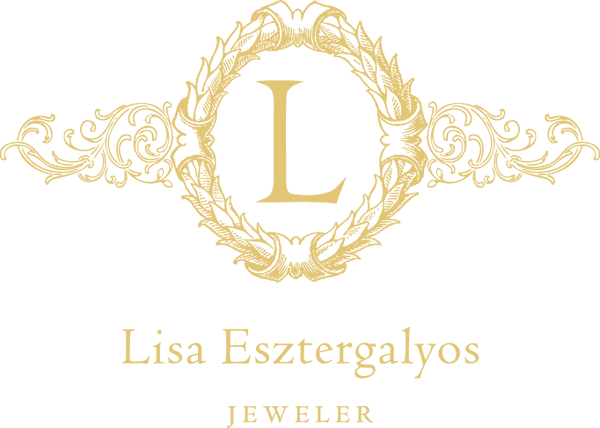The birthstone for February is the beautiful amethyst, a purple gemstone that ranges in color from a lilac lavender to a deep, rich purple. This variety of quartz has a hardness of 7 on the Moh’s scale of 1-10, which makes it a durable option for jewelry, but with regular wear, over time, your gemstone may need repolishing. It can be cleaned with an ultrasonic cleaner, but steam cleaning is not recommended.

The amethyst has been traced back as far as 25,000 years ago in France, and among the remains of Neolithic man. Amethyst is taken from the Greek word “amethystos” which means a remedy against intoxication. Due to its wine-like color, amethyst was also associated with Bacchus, the mythological Greek god of wine. It was believed you could drink all night and remain sober if you had an amethyst in your mouth or on your person.

Amethyst stones were placed in the Egyptian tombs of the pharaohs for their protective powers, and wearing an amethyst today can be a symbol of inner strength. In the Roman Catholic church, amethyst has long been the stone of bishops and cardinals.
Amethyst is considered sacred in Tibet and is used to make prayer beads.
Until the 19th century, amethysts were considered equal in value to sapphires, rubies, and emeralds. Their main source at that time was Russia, and Catherine the Great had a penchant for amethyst jewelry. In the 19th century, large deposits were found in Brazil, and the availability of amethyst became widespread. Today the most important sources of amethyst are Africa and South America.
Whether your taste in amethyst is for the deep, vibrant purple hue or the “Rose de France” lilac color, there are many beautiful sizes and shapes of amethyst to suit your fancy!
All pieces above are currently for sale in the shop! Scroll down to the bottom of this newsletter to book an appointment for more details.
CHECK OUT MY PINTEREST BOARD FOR MORE AMETHYST JEWELRY IDEAS BY CLICKING THE IMAGE BELOW.
JEWELRY Q&A
Questions: I can’t wear screwback earrings but want something secure, what are my options?
So, I have found that locking earring backs that have special notched posts work best for my diamond studs.
There are a few different brands on the market like La Poussette, Guardian, and Protektor, and they are sold as a “system” or “set” of posts and backs. The earring backs have little ridged bumpers that you pinch and it opens the hole for the post to go through. When the earring back is on the post, you have to pinch the bumpers to release the back from the post to take them off.
It takes a moment to master using them, but this style works great for me! This is something that you can have your jeweler order, and they can replace your existing posts and backs with these locking posts and backs. You should not, however, try to wear regular friction earring backs with locking posts. They often will not fit properly, which defeats the purpose of having something secure in the first place!
Stick with the ones that are made as a set. There are also other brands of earring backs that can be used with regular friction posts if you don’t want to have a locking post system added to your stud earrings. Ask your jeweler to show you different styles to find the one that works best for your needs.
Send me your questions and I will include them in my posts and newsletters: info@lisaesztergalyos.com


